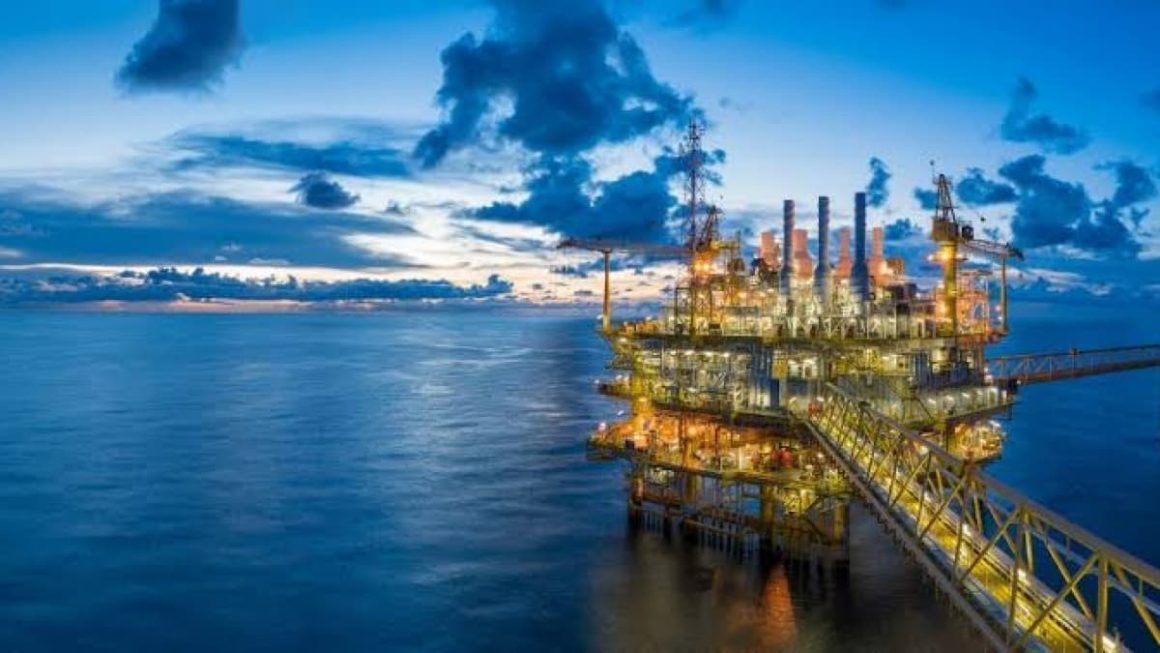in a highly connected and globalised world, it is crucial for every nation to consider its geolocation, and how this presents opportunities and strengths that will help it thrive in the modern world. The GCC has fared extremely well in this regard, with all its member nations doing their best to develop cities that bridge gaps between the East and West, attracting foreign direct investment, business and leisure tourism, all while competing and collaborating with long-established global players.
The region as it stands today is the result of capable leadership and continuous efforts by the public and private sectors to diversify each member country’s economic interests and reduce its reliance on oil. However, there are always new avenues to explore. As a leading exporter of energy in the global context of climate change and the race to net zero emissions, we cannot overlook the Gulf’s geographical advantages.
GCC nations have some of the highest solar exposures in the world. According to a report published by Strategy&, a part of consulting firm PricewaterhouseCoopers’ network, solar power plants in the Gulf can expect 1,750 to 1,930 hours of full-load operation each year, compared with solar plants in Germany that can register 940 hours per year on average. Solar panels in the GCC have the capacity to produce twice as much power as Germany and any comparable European country – this is an asset and opportunity we must not take lightly.
A Saudi man stands at a solar plant in Uyayna, north of Riyadh. Green hydrogen is extracted from water using renewable energy such as wind, hydropower and solar energy, which is in abundance in the Gulf. AFP
A Saudi man stands at a solar plant in Uyayna, north of Riyadh. Green hydrogen is extracted from water using renewable energy such as wind, hydropower and solar energy, which is in abundance in the Gulf. AFP
Connected to this opportunity is another – green hydrogen, which has been described as the fuel of the future by the UN Industrial Development Organisation given that its production – that involves electrolysing renewable energy sources such as air, water or sunlight – results in zero carbon emissions. There are various forms of hydrogen in production across the globe today but as of 2021, less than one per cent of this output is actually green, according to the International Renewable Energy Agency.
The most promising characteristic of hydrogen is its versatility – it can be used in liquid or gas states, and can be converted for use as fuel or electricity. It can be used in the production and running of electric vehicles and machinery, and can be transported as renewable energy when it is converted into ammonia. Like any energy source, of course, there are challenges – most notably shipping and handling because hydrogen is highly flammable, much more so than natural gas, propane and gasoline; this raises the costs of production. However, given its potential, its applications and the trend towards decarbonisation, investment in green hydrogen is sure to pay off in the coming decades.
Gulf nations have begun a series of efforts to embrace this fuel. For example, a Dubai Hydrogen Alliance has been established in the UAE, and Saudi Arabia has set a target to produce four million tonnes of hydrogen by 2040.

